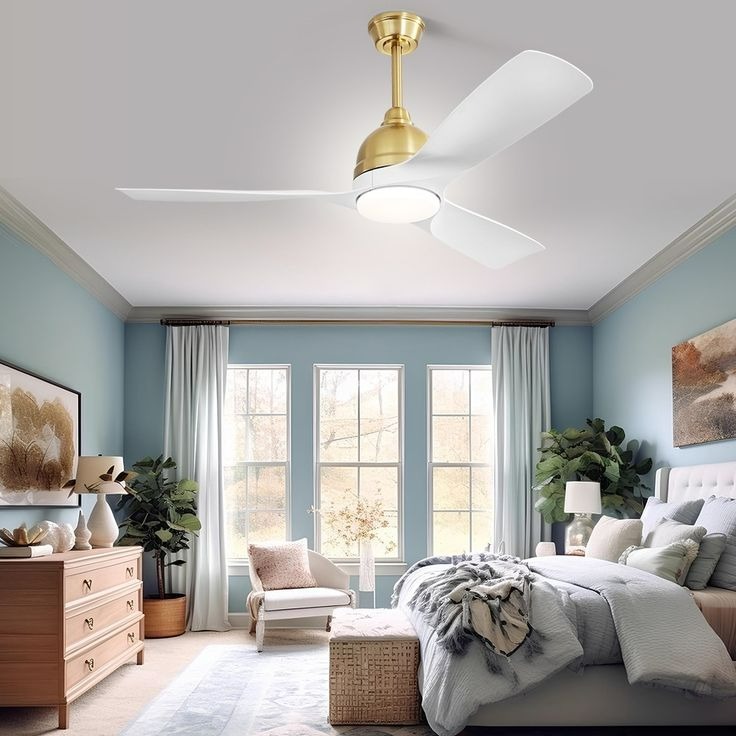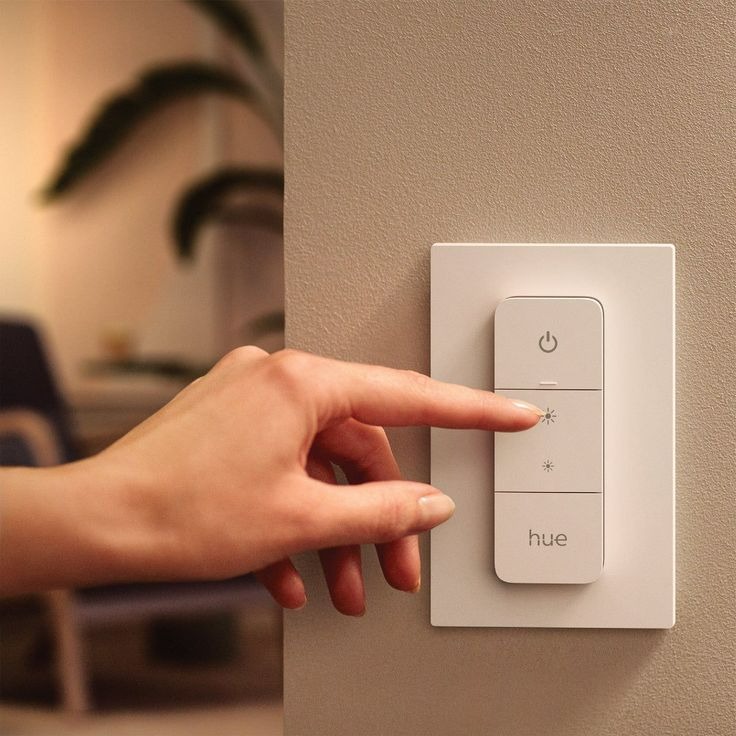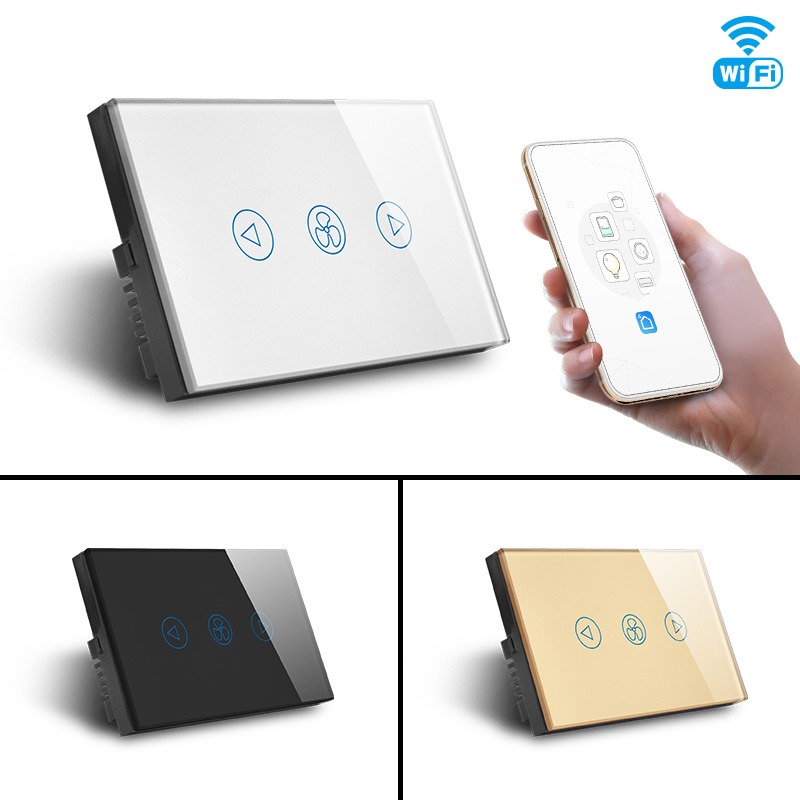History and Evolution of Smart Switches
The journey of smart light and fan switches is a fascinating story of innovation. In the early days, home automation was a luxury. Basic switches controlled lighting and fans. Then, remotes offered a touch of convenience. But that was just the beginning.
Automation took a giant leap with the birth of the Internet of Things (IoT). Suddenly, switches could connect to the internet. This allowed for remote operations, far beyond the traditional wall switch. In the late 2000s, smart switches emerged. Homeowners could now control lights and fans with their smartphones.
Key advancements in this evolution include voice control and scheduling. Companies like Lutron and Philips Hue launched products that changed the game. Users could adjust settings with a simple voice command. They could set schedules for lights and fans to operate automatically.
With each year, the tech got smarter. Integration with home assistants like Alexa and Google Assistant became standard. This marked a new era of convenience and control in home automation.
Today, smart light and fan switch technology continues to grow. It gets more intuitive, more user-friendly and more energy-efficient. With AI and machine learning, these switches are now learning from user habits. They offer a level of personalization and efficiency that was once unimaginable.
The history of smart switches reflects a larger trend. It shows our drive to make daily life more efficient, more comfortable, and more in sync with our individual needs. As we look to the future, it’s clear that smart light and fan switches will continue to evolve, integrating even further into the fabric of our smart homes.

The Importance of Smart Light and Fan Switches in Modern Homes
Smart light and fan switches are vital in today’s modern homes. They redefine our interaction with our living spaces. Let’s delve into why these devices are becoming indispensable.
Convenience at Your Fingertips: Smart switches bring light and fan control to your smartphone or voice commands. No need to walk over to a wall switch. Just a tap or a word can adjust your home’s ambiance.
Enhanced Security: You can turn lights and fans on or off from anywhere. This functionality can deter burglars when you’re away. It makes your home appear occupied even when it’s not.
Personalization for Comfort: These switches learn from your habits. They adjust the home environment to suit your preferences. You can wake up to a gently lit room and come home to a comfortably cool space. This personal touch makes a big difference.
Effortless Integration: Smart light and fan switches work with other smart home devices. They create a seamless, interconnected home system. As a result, managing your home becomes smooth and streamlined.
In essence, smart switches aren’t just gadgets; they transform how we live. Their integration in modern homes speaks to a desire for smart, responsive living. They are not just a trend but a step toward a more efficient, secure, and comfortable home life.
Features and Benefits of Smart Switch Integration
Integrating smart light and fan switches into your home offers various features and benefits that enhance your living experience. Here are a few noteworthy ones:
Remote Control: Manage your home lighting and fans from anywhere using a smartphone app.
Voice Commands: Pair switches with home assistants for convenient voice-activated control.
Scheduling: Set schedules for lights and fans to turn on or off, saving you time and hassle.
Scenes and Ambiances: Create customized settings for different activities or times of the day.
Energy Monitoring: Keep track of electricity use, helping you save on your utility bills.
Dimming Capabilities: Adjust brightness levels to save energy and create the perfect mood.
Geofencing: Lights and fans can turn on or off when you leave or arrive home.
Multi-Device Compatibility: Smart switches work with various smart home gadgets for a cohesive experience.
Updateable Software: Over-the-air updates keep your switches current with the latest features.
Embracing smart switch integration simplifies daily routines and contributes to a heightened, comfortable, and efficient lifestyle. The convenience of operating lights and fans with the tap of an app or the sound of your voice is a game-changer. Plus, the personalization and energy savings are bonuses that make the investment worthwhile.

How Smart Light and Fan Switches Enhance Energy Efficiency
Smart switches are key players in energy-saving strategies for modern homes. Here’s how they contribute:
Reduced Energy Consumption: These devices let you turn off lights and fans when not needed, even remotely. This reduces unnecessary power use.
Usage Insights: Smart switches provide data on your energy usage patterns. This helps you identify areas to cut back on consumption.
Dimming Features: Dimming lights through smart switches can lower energy use by up to 50%. It’s good for setting the mood and your power bill.
Scheduling: You can program your switches to operate only at peak times. This ensures you’re using energy when rates are lower.
Eco-Friendly Automation: With smart switches, your home can manage energy use automatically, adjusting to optimal settings without any input.
Overall, smart light and fan switches make it easier to manage your home’s energy use efficiently. They are good for the planet and your wallet.
The Role of AI and Machine Learning in Smart Switch Technology
The integration of AI and machine learning has transformed smart light and fan switch technology. These innovative fields make switches not just tools for convenience but intelligent devices that learn and adapt. Let’s look at how AI and machine learning play a role.
Self-Learning Systems: Smart switches with AI can learn from your habits. They know when you usually turn lights on or off. They then auto-adjust to your routines.
Predictive Behavior: Machine learning algorithms predict your preferences. Your home automatically sets the right mood with lights and fans before you even ask.
Voice Recognition: AI enhances voice control. Your switches understand different voice commands. This makes controlling them by speech both easy and precise.
Energy Saving: AI tracks your usage patterns. It then optimizes energy use. This AI function saves money and is kind to the environment.
Fault Detection: These switches can predict and report issues. You get alerts before a problem gets serious. This keeps your system safe and reliable.
In short, AI and machine learning in smart switch technology mean better performance. They offer a new level of interaction between you and your home. As tech advances, these smart systems will only get smarter, making home life even more seamless and energy-efficient.

Installation and Setup Process for Smart Switches
Installing smart light and fan switches is a straightforward process. Here’s a step-by-step guide:
1. Turn Off Power: Ensure safety by turning off the power at your home’s breaker box.
2. Remove Old Switches: Unscrew the faceplate and remove the existing switch. Detach the wires carefully.
3. Connect Smart Switch: Follow the manufacturer’s instructions to connect the new smart switch. Match the wires correctly.
4. Secure the Switch: Screw the smart switch into place and attach the faceplate.
5. Power On: Turn the breaker back on. Check if the smart switch lights up.
6. Download the App: Install the manufacturer’s app on your smartphone.
7. Pair the Switch: Connect the switch to your Wi-Fi network. Use the app for pairing.
8. Customize Settings: Set up names, rooms, and schedules for your lights and fans.
Remember, for multi-way switches, setup might be a bit different. Refer to specific instructions provided with your product. If you’re not confident with electrical work, please hire a professional. Safety comes first!
Comparing Popular Smart Light and Fan Switch Brands
When shopping for smart light and fan switches, brand comparison is crucial. Different brands offer unique features and experiences. Here’s a quick look at some popular names in the market:
Lutron: Known for reliability, Lutron’s smart switches are easy to install and offer a wide range of compatible devices. Their Caséta line includes dimmers, switches, and remotes, well-loved for creating smart home scenes with ease.
Philips Hue: Philips is synonymous with smart lighting. While primarily known for their bulbs, their switches integrate flawlessly with the Hue ecosystem. They are perfect for those seeking vibrant color options and routines.
Belkin WeMo: WeMo switches stand out for their simplicity and no-hub-required setup. These switches are highly intuitive, offering away-from-home controls and compatibility with voice assistants.
TP-Link Kasa: Boasting an easy setup, Kasa switches by TP-Link don’t need a separate hub. With a user-friendly app, they offer energy monitoring and seamless integration with other smart devices.
Leviton: A leader in electrical wiring devices, Leviton’s smart switches have advanced features like scheduling and even support three-way connections, making them a strong choice for involved smart home setups.
Ecobee: Apart from thermostats, Ecobee’s Switch+ includes sensors and integrates with their other products for a holistic approach to home automation. They are ideal for energy-conscious users.
Each brand presents options from basic on-off switches to dimmers and advanced scene-setting capabilities. Compatibility with home assistants and apps varies, so choose based on your existing devices and desired functionality. Assessing their ease of installation, energy management features, and customer support will help you find the right fit for your home automation needs.
Future Trends in Home Automation with Smart Switches
The future of home automation glimmers with potential, and smart light and fan switches are at its heart. Here is what we can expect:
Integration with Wider Smart Home Ecosystems: Smart switches will work seamlessly with an ever-expanding array of smart home devices. Homes will manage themselves with little human input.
More Intuitive User Experiences: As technology progresses, smart switches will become easier to use. They will anticipate needs better, making user interactions more intuitive.
Advancements in AI and Machine Learning: The AI in smart switches will grow more advanced. It will offer highly personalized experiences, learning from user behavior at a deeper level.
Improved Energy Management: Future smart switches will provide even more insights into energy usage. They’ll automate savings and support sustainable living more effectively.
Innovative Control Methods: We may move beyond apps and voice commands. Gesture control and facial recognition could become new ways to interact with our home environment.
Greater Affordability and Accessibility: As smart home tech becomes more widespread, it will also become more affordable. This will make it accessible to a broader market, not just premium consumers.
Enhanced Security Features: Security will get a boost too. Smart switches will be instrumental in advanced home security systems, potentially alerting homeowners to unusual patterns in usage that could indicate intrusions.
With each advancement, smart light and fan switches will continue to transform our living spaces. They represent a bridge to a future where our homes are more connected, responsive, and attuned to our lifestyles than ever before.